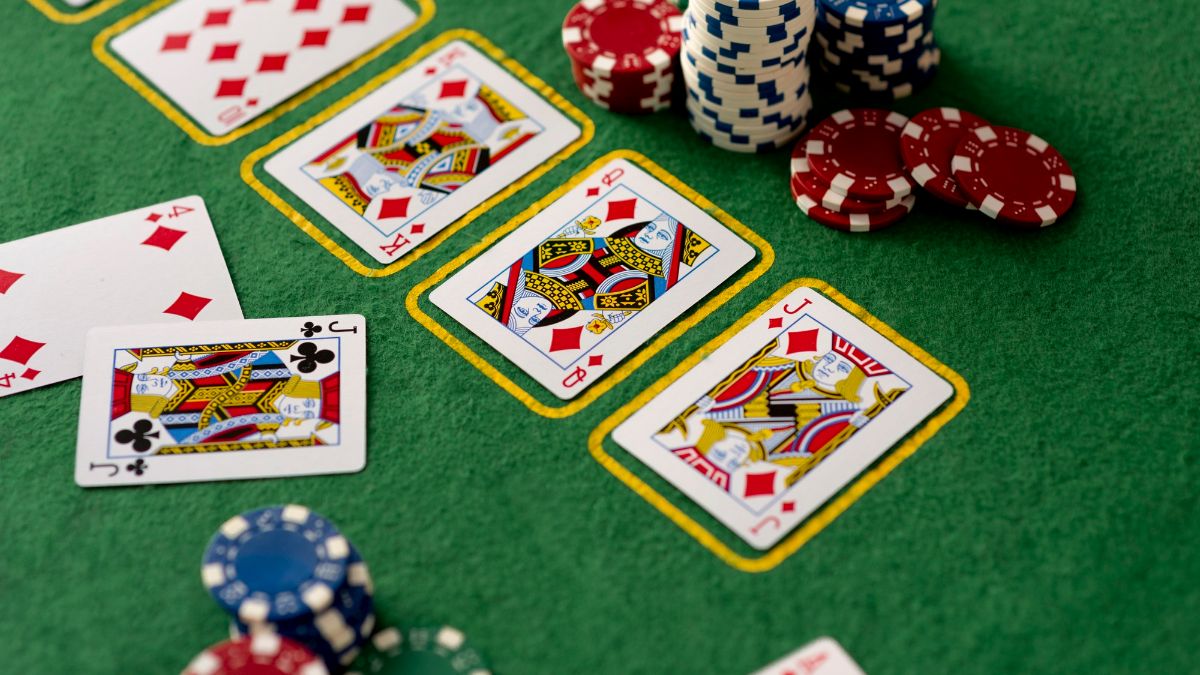
Solitaire, with its roots traced back to 18th-century France, has endured the test of time and emerged as a classic card game cherished by players worldwide. Its appeal lies in the simplicity of its concept – a single player, a standard deck of cards, and the goal of organizing them into specific sequences. Yet, beneath this simplicity lies a game that engages players in a unique blend of strategic thinking, patience, and mental stimulation. The solitary nature of Solitaire sets it apart from many other card games. In a world where social and multiplayer gaming experiences predominate, Solitaire offers a refreshing solo endeavor. This feature appeals especially to those who are looking for some peace and quiet or a mental challenge without the need for external competitors. The game is a perfect partner for times when you need to escape into a world of focused concentration making it an ideal companion during moments of solitude.
In this article, we shall delve into the history of Solitaire, its origins, and the enduring appeal that has made it a timeless favorite. The exact origins of Solitaire remain a mystery, with multiple theories suggesting that it originated in different civilizations and eras. The game’s origins are often attributed to 18th-century France, where it developed from a similar game named “Patience.” The name “Solitaire” itself is derived from the French word “solitaire,” meaning solitary or alone, reflecting the solitary nature of the game. Patience, as the precursor to Solitaire, was a card game that gained popularity among the French aristocracy during the 17th century. The game involved arranging cards in a prescribed layout and then attempting to reorder them by suit and rank. Patience evolved as it traveled throughout Europe, ultimately resulting in the creation of the modern solitaire. In the 19th century, solitaire became extremely popular, especially in America and England. It became a popular pastime for people looking for a quiet, reflective card game. The game’s rules continued to evolve, with variations emerging across different regions.
One of the earliest references to Solitaire in literature comes from the 1870 German book “Illustrated Tarot Book” by Josef Fuchs. The book includes a description of a card game that closely resembles the modern version of Solitaire. This implies that Solitaire had surpassed France’s boundaries and was becoming more well-known worldwide. Even though Solitaire had been a well-liked game for many years, its incorporation into the Microsoft Windows operating system allowed it to reach previously unheard-of levels of prominence and appeal in the 1990s. Microsoft’s Klondike version of Solitaire was a mainstay of Windows 3.0, which was released in 1990, and later iterations. The inclusion of Solitaire in Windows was not originally intended as a strategic move to captivate users. Instead, it was included to familiarize users with the drag-and-drop capabilities of the mouse, encouraging them to become more comfortable with this relatively new input device. Surprisingly, Solitaire’s inclusion had unintended consequences. Many users found themselves spending more time playing the game than actually using the computer for productive tasks. Solitaire became a cultural phenomenon, with office workers sneaking in quick games during breaks, making it a symbol of the digital age’s leisurely pursuits.
Let’s take a look at how this game of Solitaire is played. The standard version of Solitaire, known as Klondike, involves a single player attempting to organize a deck of 52 playing cards into four foundation piles, each arranged by suit and in ascending order from Ace to King. The game begins with seven tableau columns, with the first column containing one card, the second two cards, and so on, up to the seventh column containing seven cards. The remaining cards form the draw pile. Players move cards within the tableau and to the foundation piles based on specific rules. Cards in the tableau can be moved in descending order and alternating colors. For example, a black 7 can be placed on a red 8, and so forth. Aces are the foundation for each suit, and subsequent cards of the same suit are placed in ascending order on the corresponding foundation pile. The objective is to move all the cards to the foundation piles, ultimately organizing them by suit and in ascending order. Winning requires careful planning, strategic moves, and a bit of luck. Solitaire’s enduring appeal lies in its simplicity, accessibility, and the mental challenge it offers. The game requires a combination of skill, strategy, and patience. Players must analyze the layout, make calculated moves, and adapt their strategies as the game progresses.
Moreover, Solitaire serves as an excellent means of relaxation and stress relief. The repetitive nature of the game, coupled with the soothing shuffling of cards, can have a calming effect on players. The game’s solitary nature also makes it an ideal companion during moments of solitude, providing a peaceful escape from the demands of everyday life. Solitaire has transcended its origins as a card game and has become a digital icon, symbolizing the evolution of gaming in the digital age. Its inclusion in Microsoft Windows played a significant role in introducing computer users to the world of casual gaming, paving the way for the widespread adoption of digital games in subsequent years.
From its mysterious origins in 18th-century France to its digital prominence in the 21st century, Solitaire has stood the test of time as a beloved card game. Its evolution and enduring popularity attest to the universal appeal of a simple yet challenging game that requires a blend of skill, strategy, and patience. Whether played with physical cards or on a computer screen, Solitaire continues to captivate players of all ages. It remains a testament to the power of timeless games that transcend cultural and technological boundaries, offering a solitary retreat into the world of cards, suits, and strategic contemplation.




